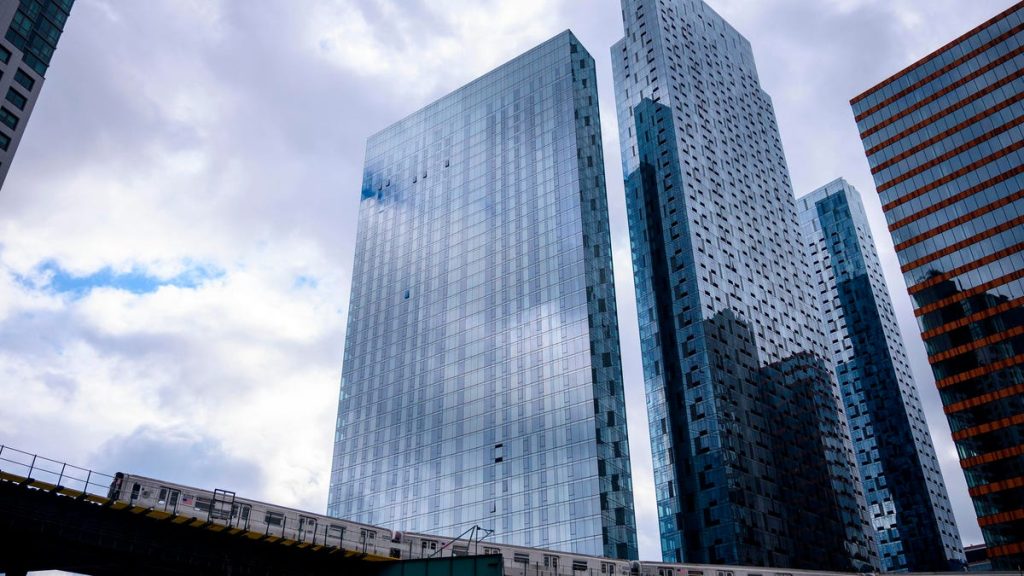The start of a financial crisis is like finding rotting food in your fridge. Something starts to smell, and you think you know what’s rotting, but when you investigate you find something that’s much worse at the very back of the fridge that you hadn’t thought about in weeks. This may just be my fridge, but you get the analogy. Commercial real estate loans, sitting at midsize banks throughout the US, are the hidden problem we are all starting to remember.
Commercial real estate loans in the US are approaching $2.9 trillion as per the St. Louis Fed, and an outsized proportion sits at regional banks. In the years following the Global Financial Crisis, regional banks leaned into commercial real estate lending. It was a place to deploy capital that didn’t require significant tech investment or massive teams, and for the loans on assets in their region, they could argue they had more underwriting expertise and could compete on cost. This part of the economy is now under significant pressure while these same banks are fighting a larger battle around deposit levels.
The two main sources of weakness in the commercial real estate sector are offices and retail. Retail as an area of weakness will not surprise anyone, but this problem is arriving at the worst possible time. A shift to online spending post-COVID, and higher interest rates, accelerated the conclusion of many retail names. The latest alarm was Bed, Bath, and Beyond in January saying that they could no longer service their debts. This physical retail collapse is happening while office space is experiencing its own weakness due to remote work and AI. Owners with floating-rate debt will struggle to refinance even at status quo dynamics.
CommercialEdge already expects that 2023 office transaction volumes will be at their lowest levels since the years following the Great Financial Crisis. The national vacancy rate currently sits at approx. 17%. Remote work and tech-focused layoffs have certain centers, such as Denver, Seattle, and San Francisco already sitting above 18%. This is before any further impacts make their way through the system, such as the fallout from SVB, and the rapid deployment of AI. AI is a wild card that I wish I was equipped to predict but I’m not. All I will say is that in a few short months, a lot of white-collar jobs have already been augmented to the point that smaller teams are likely warranted. At some point, this will flow through to an already pressured office sector.
The problem with commercial real estate loans is that there isn’t an easy fix as even lower rates may not change some of these trends, and that’s without further negative impacts. Remote work will remain in some form, AI is out of the box, and COVID accelerated online retail.
There is a chance that you could see a concerted effort to support this asset class, given the interconnected impacts on the system we all participate in. Amazon
AMZN
and Disney both announced return-to-work programs in the last several weeks. House Republicans even announced a bill to remove remote work for some government employees. Certain North American municipalities, such as Calgary, are taking more proactive approaches and providing dollars to convert commercial buildings to residential ones. How quickly this can eat up unused commercial space remains to be seen but programs like this have been very well received so far. If you can get everyone back downtown, it would be an unexpected boost for this asset class and even energy demand. The bottom line though is that key trends are coming to a head while rates have increased massively. This is the cascading dynamic that usually causes a major asset class impairment to the point that it can create a crisis.
Read the full article here



